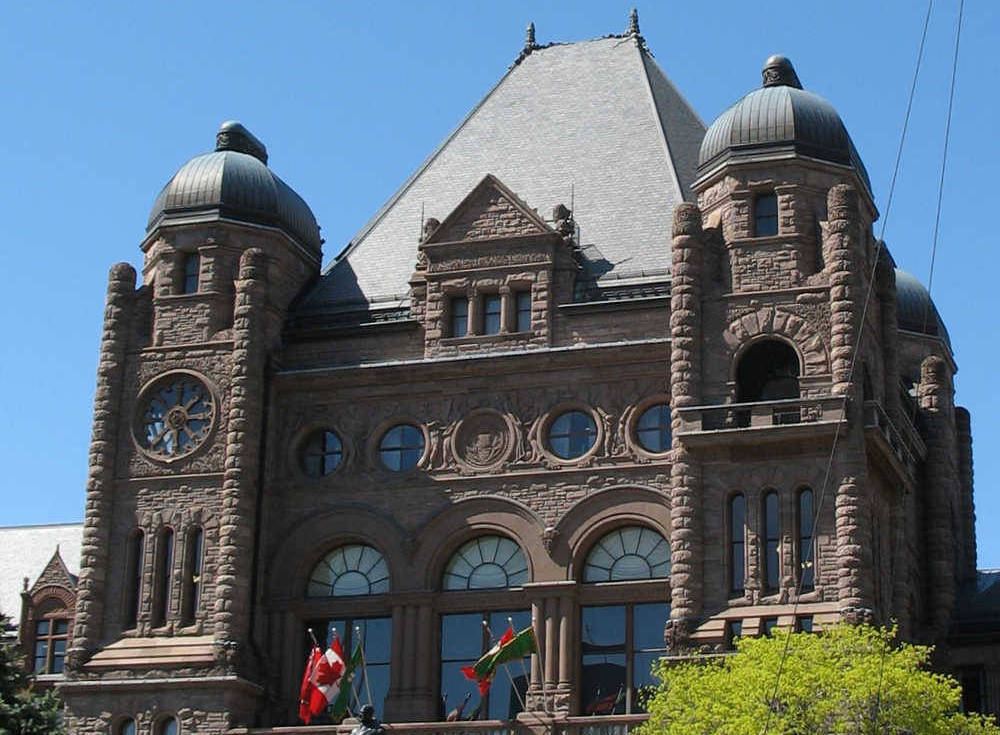With key public health and health system indicators continuing to improve, the Ontario government, in consultation with the Chief Medical Officer of Health, is cautiously and gradually easing public health measures sooner, with the next phase of measures being eased on February 17, 2022 at 12:01 a.m.
“Given how well Ontario has done in the Omicron wave we are able to fast track our reopening plan,” said Premier Doug Ford. “This is great news and a sign of just how far we’ve come together in our fight against the virus. While we aren’t out of the woods just yet we are moving in the right direction.”
Last month, Ontario released its plan to follow a cautious and phased approach to lifting public health and workplace safety measures if health indicators continued to remain stable and improve. Positivity rates have fallen and new admissions to hospital and ICU have been declining week over week, signalling that the Omicron peak is behind us. Over the coming days and weeks, these trends are expected to continue, allowing the province to safely accelerate its timelines.
“Thanks to the province’s high vaccination rates and the continued sacrifices of Ontarians, we are now in a position where we can move forward in our plan earlier than anticipated,” said Christine Elliott, Deputy Premier and Minister of Health. “With hospitalizations and ICU admissions continuing to decline, we are committed to maintaining a gradual and cautious approach to protect our hospital capacity and ensure patients can access the care they need when they need it.”
Effective February 17, 2022
Ontario will further ease public health measures, including, but not limited to:
- Increasing social gathering limits to 50 people indoors and 100 people outdoors
- Increasing organized public event limits to 50 people indoors, with no limit outdoors
Removing capacity limits in the following indoor public settings where proof of vaccination is required, including but not limited to:
- Restaurants, bars and other food or drink establishments without dance facilities
- Non-spectator areas of sports and recreational fitness facilities, including gyms
- Cinemas
- Meeting and event spaces, including conference centres or convention centres
- Casinos, bingo halls and other gaming establishments
- Indoor areas of settings that choose to opt-in to proof of vaccination requirements.
- Allowing 50 per cent of the usual seating capacity at sports arenas
- Allowing 50 percent of the usual seating capacity for concert venues and theatres
Increasing indoor capacity limits to 25 per cent in the remaining higher-risk settings where proof of vaccination is required, including nightclubs, restaurants where there is dancing, as well as bathhouses and sex clubs
Increasing capacity limits for indoor weddings, funerals or religious services, rites, or ceremonies to the number of people who can maintain two metres physical distance. Capacity limits are removed if the location opts-in to use proof of vaccination or if the service, rite, or ceremony is occurring outdoors.
Capacity limits in other indoor public settings, such as grocery stores, pharmacies, retail and shopping malls, will be maintained at, or increased to, the number of people who can maintain two metres physical distance.
In addition, as of 8:00 a.m. on Friday, February 18, 2022, Ontario is expanding booster dose eligibility to youth aged 12 to 17. Appointments can be booked through the provincial booking system and the Provincial Vaccine Contact Centre, as well as at select pharmacies administering the Pfizer vaccine. Appointments will be booked for approximately six months (168 days) after a second dose. To book an appointment online, individuals must be 12 years old at the time of appointment.
Effective March 1, 2022
Ontario intends to take additional steps to ease public health measures if public health and health system indicators continue to improve. This includes lifting capacity limits in all remaining indoor public settings.
Ontario will also lift proof of vaccination requirements for all settings at this time. Businesses and other settings may choose to continue to require proof of vaccination. Masking requirements will remain in place at this time, with a specific timeline to lift this measure to be communicated at a later date.
To manage COVID-19 over the long-term, public health units can deploy local and regional responses based on local context and conditions.
“Thanks to the efforts of Ontarians to help blunt the transmission of Omicron, our health care indicators suggest a general improvement in the COVID-19 situation in the province,” said Dr. Kieran Moore, Chief Medical Officer of Health. “We are now in a position to lift more public health measures, but it is important to stay vigilant, as we don’t want to cause any further disruption to people’s everyday lives. We must continue to prevent the transmission of COVID-19 in our communities by following the measures in place and by vaccinating those who have not yet received their doses.”












